Aldehyde and ketones may be prepared by reductive cleavage of carbon-carbon double bonds. A particularly useful reagent for this purpose is ozone under reductive condition in the formation of carbonyl compounds.
 products
products
Which of the following products is not formed in above reaction.

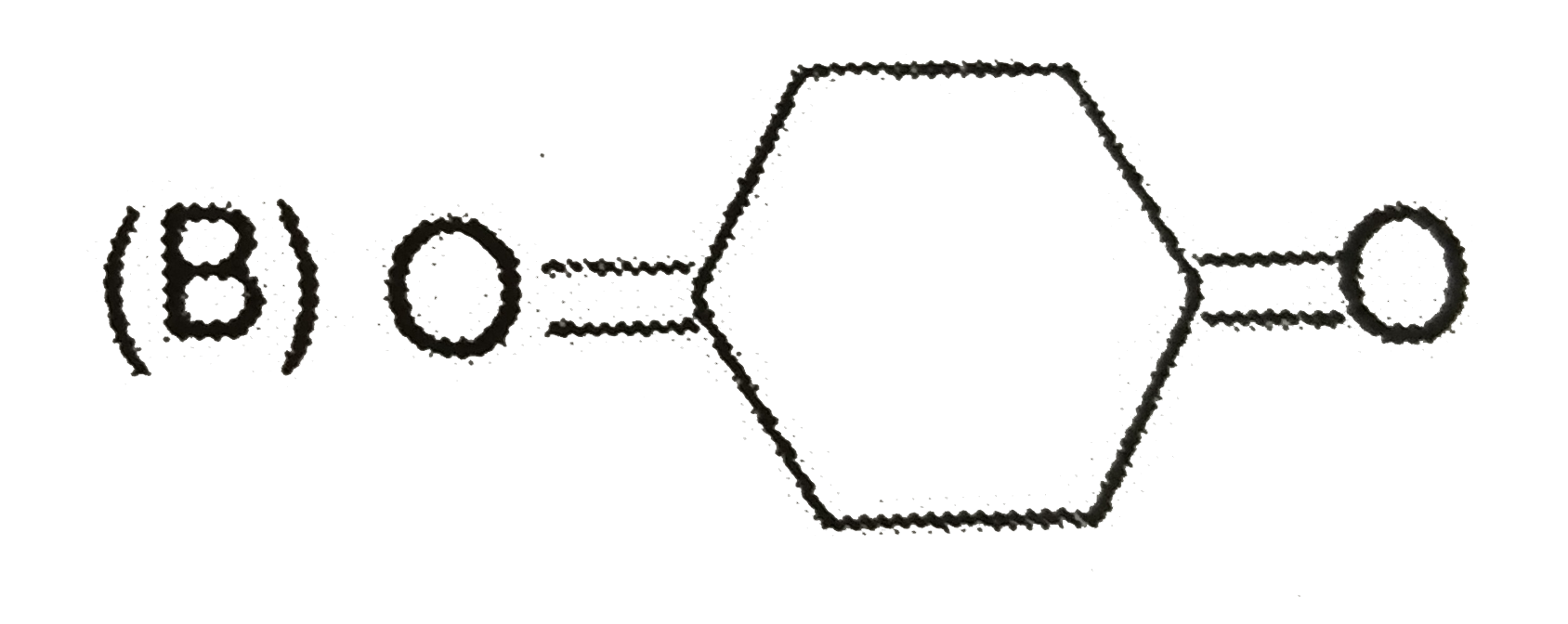
H−S∣∣O−H
CH3−C∣∣O−H
The correct Answer is:D
Topper's Solved these Questions
- STRUCTURAL IDENTIFICATION & PRACTICAL ORGANIC CHEMISTRYBOOK - RESONANCECHAPTER - STRUCTURAL IDENTIFICATION & PRACTICAL ORGANIC CHEMISTRYEXERCISE - Comprehension
6 Videos
- STRUCTURAL IDENTIFICATION & PRACTICAL ORGANIC CHEMISTRYBOOK - RESONANCECHAPTER - STRUCTURAL IDENTIFICATION & PRACTICAL ORGANIC CHEMISTRYEXERCISE - Exercise-3
3 Videos
- STRUCTURAL IDENTIFICATION & PRACTICAL ORGANIC CHEMISTRYBOOK - RESONANCECHAPTER - STRUCTURAL IDENTIFICATION & PRACTICAL ORGANIC CHEMISTRYEXERCISE - Part-II INTEGER
8 Videos
- SOLID STATEBOOK - RESONANCECHAPTER - SOLID STATEEXERCISE - Part- IV
22 Videos
- THERMODYNAMIC & THERMOCHEMISTRYBOOK - RESONANCECHAPTER - THERMODYNAMIC & THERMOCHEMISTRYEXERCISE - PHYSICAL CHEMITRY (THERMODYNAMIC & THERMOCHEMISTRY)
62 Videos
Similar Questions
Sodium carbonate is prepared by Solvay process. Which of the following compounds is obtained as a by - product?
View SolutionAldol condensation proceeds by carbon- carbon bond formation between an enolation donor and a carbonyl acceptor For each of the following aldol products (1 through 4)

Match the donor and acceptor compound.

View Solution
Knowledge Check
Sodium carbonate is prepared by Solvay process. Which of the following compounds is obtained as a by - product?
ANH4ClBNH3CCO2DCaCl2A reaction characteristic of vicinal diols is their oxidative cleavage on treatment with periodic acid (HIO4). The carbon-carbon bond of the vicinal diol uinit is broken and two carbonyl groups result. Periodic acid is reduced to iodic acid (HIO3)
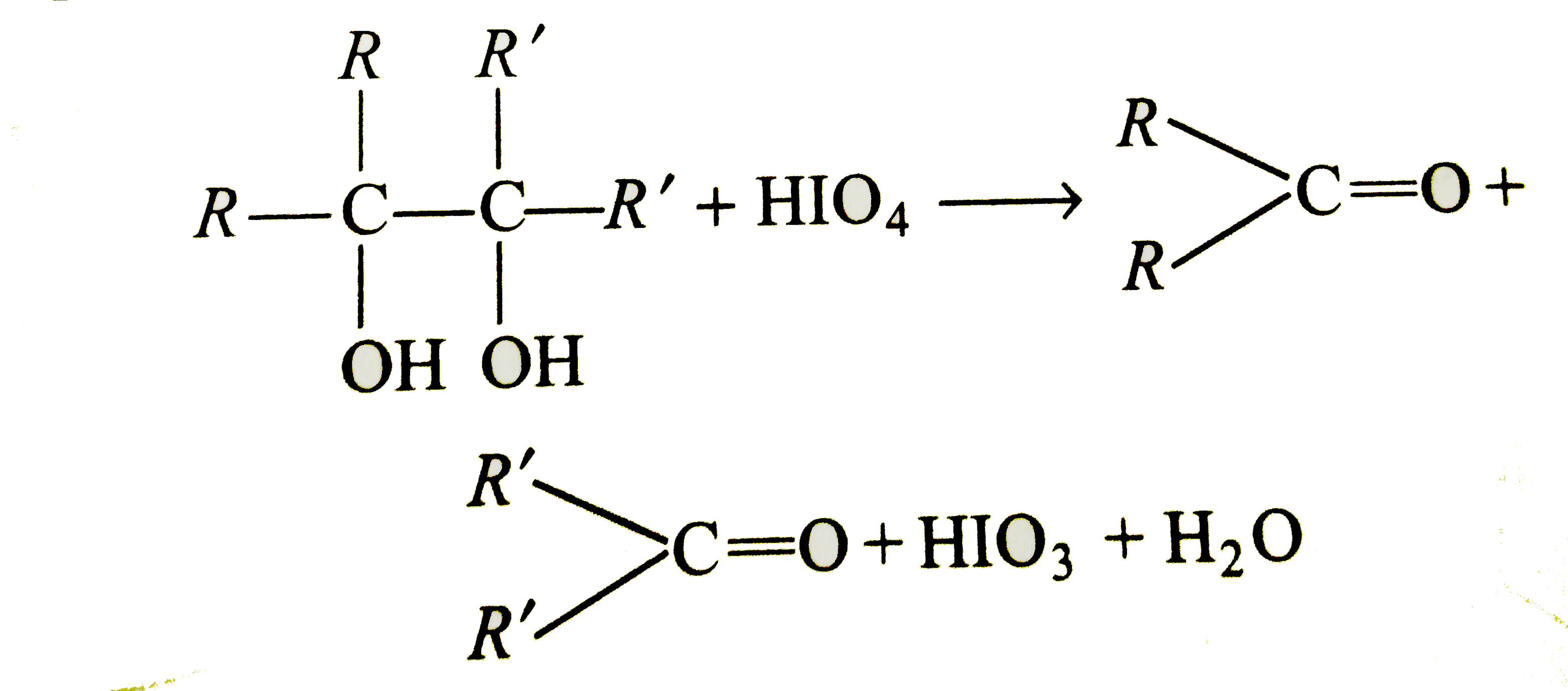
Cyclic diols react to give dicarbonyl compounds. The reactions are faster when the hydroxyl gorups are cid than when they are trans but both stereoisomers are oxidised by periodic acid. Periodic acid cleavage of vicinal diols is often used for analytic purposes as an aid in structure determination. By identifying the carbonyl compounds produced, The constitution of the diol may be deduced.
Which of the following products is/are obtained when glycerol is treated with HIO4 ?AHCHOBHCOOHCHIO3DAll of these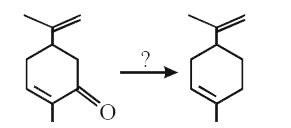
Which of the following reagent is suitable for the preparation of the product in the above reaction ?ANaBH4BNH2−NH2/C2H5ƟO⊕NaCNi/H2DRed P + Cl2
A reaction characteristic of vicinal diols is their oxidative cleavage on treatment with periodic acid (HIO4). The carbon-carbon bond of the vicinal diol uinit is broken and two carbonyl groups result. Periodic acid is reduced to iodic acid (HIO3)
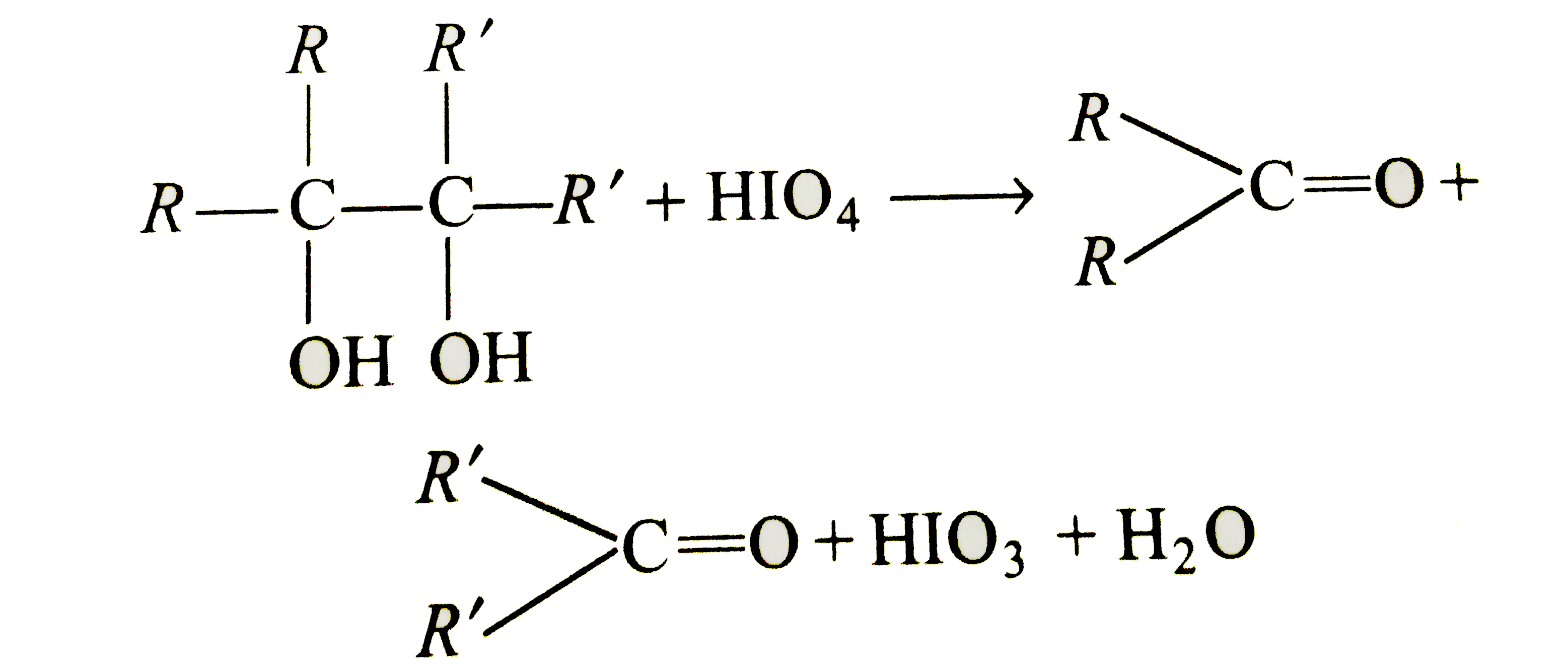
Cyclic diols react to give dicarbonyl compounds. The reactions are faster when the hydroxyl gorups are cid than when they are trans but both stereoisomers are oxidised by periodic acid. Periodic acid cleavage of vicinal diols is often used for analytic purposes as an aid in structure determination. By identifying the carbonyl compounds produced, The constitution of the diol may be deduced.

The compound 'X' in above reaction is :
View SolutionSodium carbonate is generally prepared by a process called ammonia soda process as follows :
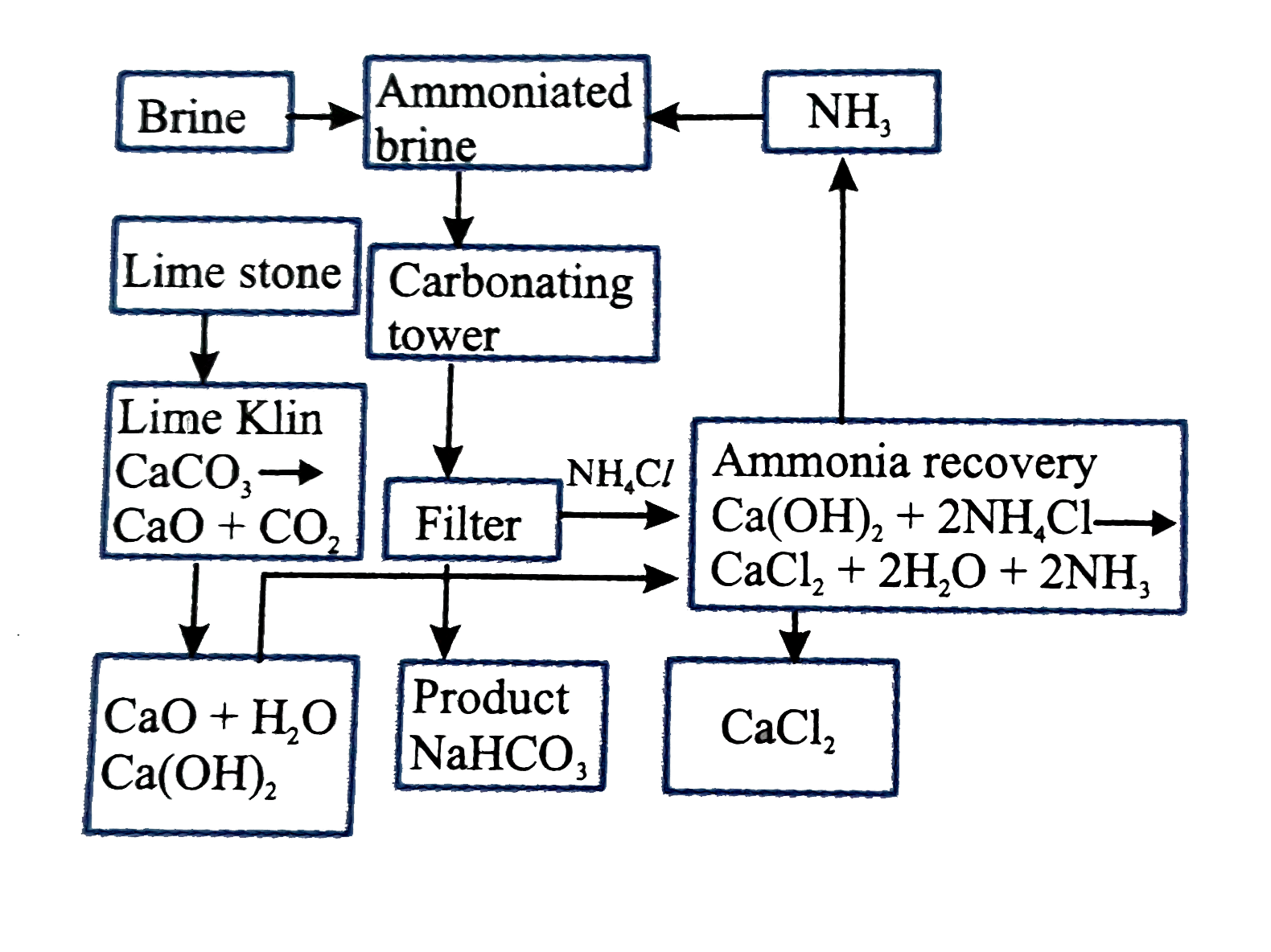
Which of the following is by-product in the above process?
View SolutionA reaction characteristic of vicinal diols is their oxidative cleavage on treatment with periodic acid (HIO4). The carbon-carbon bond of the vicinal diol uinit is broken and two carbonyl groups result. Periodic acid is reduced to iodic acid (HIO3)

Cyclic diols react to give dicarbonyl compounds. The reactions are faster when the hydroxyl gorups are cid than when they are trans but both stereoisomers are oxidised by periodic acid. Periodic acid cleavage of vicinal diols is often used for analytic purposes as an aid in structure determination. By identifying the carbonyl compounds produced, The constitution of the diol may be deduced.
Which of the following compounds (s) is / are obtained when the following compound is oxidixed by HIO4 ?

View SolutionWhich of the following on reaction with aluminimum produces a compound that is used in Meerwein -Ponndrof-Verly reduction of carbonyl compounds?
View SolutionRead the passage given below and answer the following questions:
Aldehydes, ketones and carboxylic acids are few of the major classes of organic compounds containing carbonyl group. Aldehydes are prepared by dehydrogenation or controlled oxidation of primary alcohols and controlled or selective reduction of acyl halides. Ketones are prepared by oxidation of secondary alcohols and hydration of alkynes. Carboxylic acids are prepared by the oxidation of primary alcohols, aldehydes and alkenes by hydrolysis of nitriles and by treatment of Grignard reagents with carbon dioxide.
Through which of the following reactions number of carbon atoms can be increased in the chain?
View Solution

